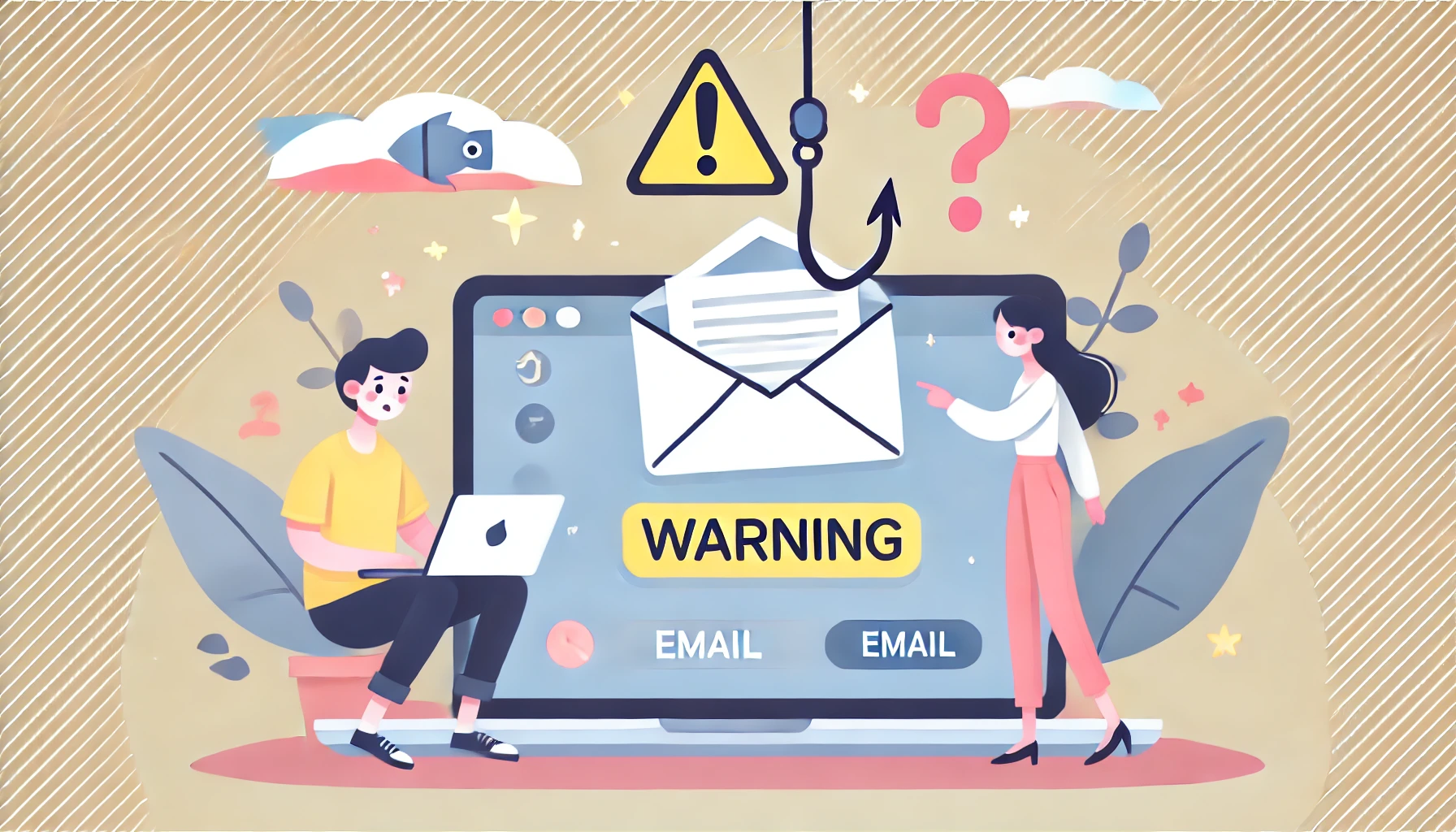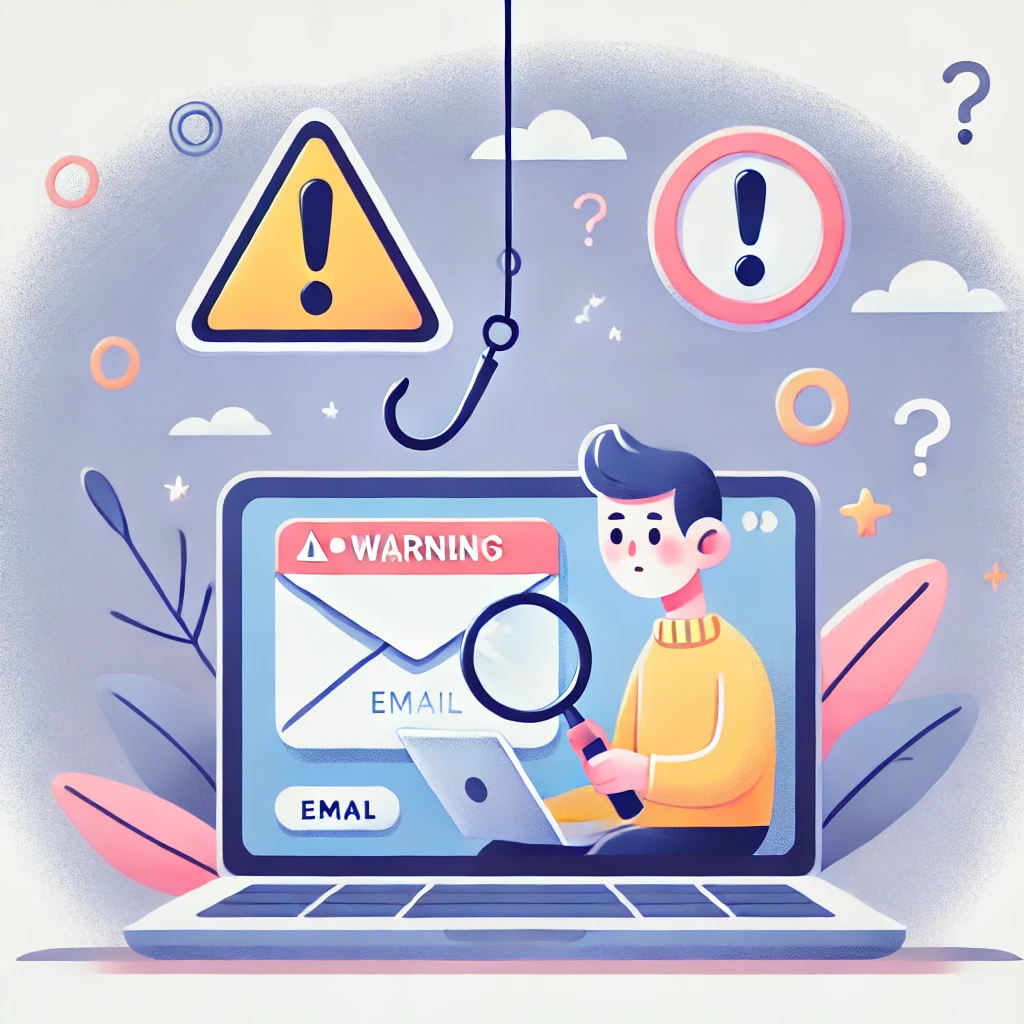How to Identify Phishing Emails and Avoid Scams
In today’s digital world, email remains one of the primary communication channels for both personal and professional correspondence. However, it is also a common vector for cybercriminals, particularly through phishing scams. Phishing involves tricking individuals into providing sensitive information, such as passwords or credit card numbers, by impersonating trustworthy entities. Recognizing phishing emails is crucial in safeguarding your personal information and online security. Here are key strategies to help you identify phishing attempts and protect yourself from scams.

1. Examine the Sender’s Email Address
- Look for Unfamiliar Domains: Phishing emails often use email addresses that appear similar to legitimate ones. Check for slight misspellings or unusual domains. For instance, an email from "support@paypa1.com" is likely a scam compared to "support@paypal.com."
- Verify the Sender’s Identity: If you receive an email from someone claiming to be from a reputable company, cross-check their email address with the official website or contact their customer service to confirm.
2. Analyze the Email Content
- Check for Generic Greetings: Phishing emails often use generic greetings like “Dear Customer” instead of your actual name. Legitimate companies usually personalize their messages.
- Look for Spelling and Grammar Errors: Poor language, unusual phrases, and typos can be strong indicators of phishing. Trusted organizations typically proofread their communications.
3. Be Wary of Urgent Calls to Action
- Watch for Pressure Tactics: Phishing emails often create a sense of urgency, urging you to act quickly to avoid a consequence (e.g., account suspension). Be skeptical of such claims; take your time to verify the legitimacy of the message.
- Avoid Clicking on Links: Hover over links without clicking to reveal the actual URL. If the link seems suspicious or doesn’t match the context of the email, do not click it.
4. Check for Attachments
- Be Cautious with Unexpected Attachments: If you receive an attachment that you weren’t expecting, especially from an unknown sender, do not open it. Attachments can contain malware that infects your device.
5. Look for Signs of Spoofing
- Examine the Email Header: The email header contains detailed information about the origin of the email. Look for discrepancies in the "From" field, which may reveal a spoofed address.
- Consider Context and Timing: If you receive a financial or sensitive email outside of normal hours or from a contact who typically doesn’t communicate in this manner, approach it with caution.
6. Utilize Security Tools
- Enable Spam Filters: Use Gmail’s built-in spam filters to automatically identify and filter out phishing emails. Regularly check your spam folder for any mistakenly classified legitimate emails.
- Consider Security Software: Use antivirus and anti-malware programs that offer email scanning capabilities to enhance your security against phishing attempts.
7. Educate Yourself and Others
- Stay Informed: Keep up-to-date with the latest phishing techniques and trends. Cybercriminals constantly adapt their tactics, and awareness can greatly reduce your risk.
- Share Knowledge: Educate friends and family about recognizing phishing attempts. The more people are informed, the less likely they are to fall victim to scams.
8. Report Phishing Attempts
- Notify Authorities: If you identify a phishing email, report it to your email provider (e.g., Gmail) and, if applicable, the impersonated company. Many organizations have dedicated channels for reporting scams.
- Spread Awareness: Sharing information about identified phishing attempts can help others avoid similar pitfalls.
Conclusion

Identifying phishing emails is a crucial skill in today’s digital landscape. By being vigilant and applying these strategies, you can protect yourself from scams and help create a safer online environment. Always remember, if something feels off, trust your instincts—it's better to be cautious than to fall victim to cybercrime. Stay safe, and keep your information secure!
Sign in
or continue with
